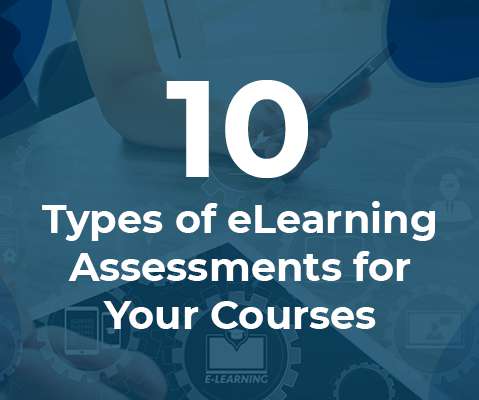How To Think Like An Instructional Designer for Your Nonprofit Trainings
Beth's Blog: How Nonprofits Can Use Social Media
JANUARY 27, 2014
I’ll be sharing my best tips and secrets for designing and delivering training for nonprofit professionals that get results. And, if you are attending NTEN’s Nonprofit Technology in March, join me, John Kenyon, Andrea Barry, and Cindy Leonard for a session on designing effective technology training.












Let's personalize your content